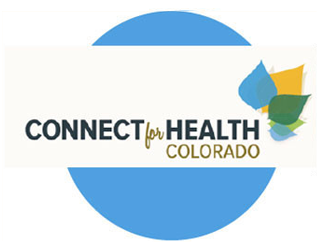Physical therapists will be more than familiar with cases of chronic low back pain, or CLBP as it is commonly referred to in the industry. It is estimated by the CDC that up to 80% of adults can experience low back pain in their lifetime, and according to the National Institutes of Health, 20% of those who experience acute pain will progress to CLBP.
 While back pain can be caused for a variety of reasons, there are a few common treatment methods that are used in the United States. Surgery is the least common, and is only recommended in cases where progressive nerve damage has been identified. In most cases, pain medication is used, with Physical Therapy still lagging behind when it comes to first line treatment.
While back pain can be caused for a variety of reasons, there are a few common treatment methods that are used in the United States. Surgery is the least common, and is only recommended in cases where progressive nerve damage has been identified. In most cases, pain medication is used, with Physical Therapy still lagging behind when it comes to first line treatment.
As a practitioner and proponent of physical therapy, it is important to understand that the reliance on pain medication needs to cease, most especially because data from the CDC has proven that legitimate opioid painkiller prescriptions are contributing to an increase in addiction, which may also be linked to the increased cases of heroin addiction which have been on the rise since at least 2015.
Last year, the CDC released new guidelines for physicians, and while these are not binding, they may help to curb the high rate of prescriptions, and move more patients towards physical therapy as an effective pain management treatment.

Just How Bad is the Opioid Situation in the United States?
According to a 2016 CDC report, opioid drug overdoses tripled between 1999 and 2014. By 2016, overdoses accounted for 52,404 accidental deaths in the United States. Statistically, women are more likely to be affected by opioids than men, which is likely linked to more women suffering from cases of chronic pain. Adults aren’t the only group to be impacted by a relatively high rate of opioid prescription. In 2015, more than 122,000 adolescents were reported to be suffering from addiction to prescription opioids.
Our healthcare system simply can’t afford the burden of addiction caused by legitimate painkiller use. Perhaps more importantly, addiction takes a huge emotional toll on families and wider communities, making it absolutely necessary that healthcare providers start to focus more on providing alternative treatment methods for issues like chronic low back pain.
The recently released CDC Guideline for Prescribing Opioids for Chronic Pain recommends that physicians offer physical therapy as an alternative treatment. As a practitioner, you will already know that a controlled PT program can reduce pain physically, while also providing some psychological benefits. Muscle strengthening is one particularly effective method to combat back pain, and by changing lifestyles and attitudes, it’s possible for even chronic sufferers to regain their quality of life without needing to rely on prescription medications.
Making a Difference
Promoting physical therapy as a treatment method, educating your patients and your community, and networking with your local health network, can all help you to further understand how opioid pain treatment can be cut back to healthier and more manageable levels.
If you’re ready to discuss this issue, get business support for your practice, and begin to improve the quality of care provided in your wider community, then it’s time to join the Colorado Physical Therapy Network.


